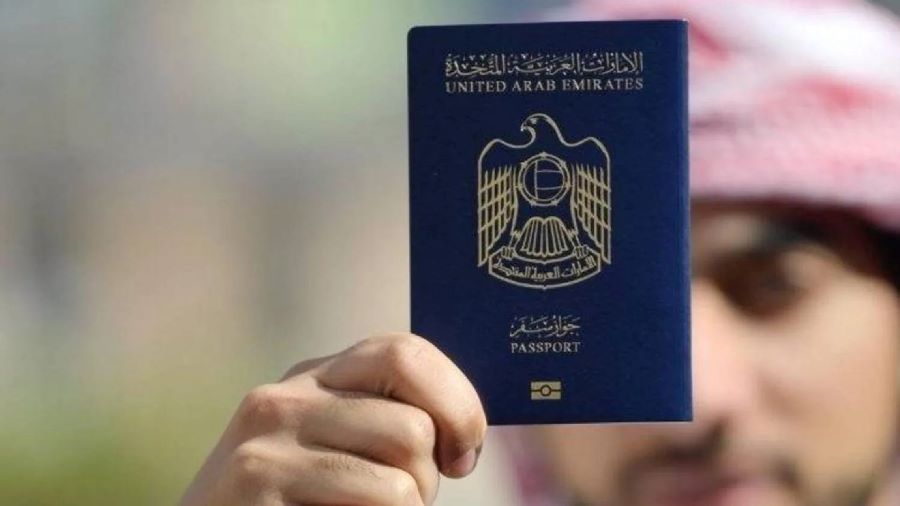
Strategies for Protecting Intellectual Property in a Global Market
In today’s interconnected world, businesses are increasingly operating on a global scale, which presents unique challenges and opportunities, especially when it comes to protecting intellectual property (IP). Intellectual property is a key asset for many companies, and its protection is crucial for maintaining competitive advantage, fostering innovation, and ensuring long-term success. Here are effective strategies to safeguard intellectual property in a global market.
Understanding Intellectual Property Rights
Before diving into protection strategies, it’s essential to understand the types of intellectual property and their significance. Intellectual property refers to creations of the mind, such as inventions, literary and artistic works, designs, symbols, names, and images used in commerce. The main types of IP include:
Patents: Protect new inventions, processes, or technical improvements.
Trademarks: Protect brand names, logos, and slogans that distinguish goods or services.
Copyrights: Protect original works of authorship, including literary, artistic, and musical works.
Trade Secrets: Protect confidential business information that gives a company a competitive edge.
Strategic Registration of IP
One of the first steps in protecting intellectual property is to ensure it is properly registered in the relevant jurisdictions.
Identify Key Markets: Determine where your products or services are sold, manufactured, or developed and prioritize these locations for IP registration.
Use International Treaties: Leverage international agreements such as the Madrid Protocol for trademarks and the Patent Cooperation Treaty (PCT) for patents. These treaties allow for simultaneous protection in multiple countries, streamlining the process and reducing costs.
Localize IP Protection: Understand and comply with local IP laws in each market. This may involve working with local legal experts to navigate the specific requirements of each country.
Enforcement and Monitoring
Effective IP protection requires active enforcement and monitoring to detect and respond to infringements.
Regular Audits: Conduct regular IP audits to identify all your IP assets and ensure they are adequately protected. This includes reviewing existing IP registrations and identifying any gaps in protection.
Monitor the Market: Use online tools and services to monitor the market for potential infringements. This includes watching for counterfeit products, unauthorized use of trademarks, or patent infringements.
Legal Action: Be prepared to take swift legal action against infringers. This may involve cease and desist letters, litigation, or working with local authorities in cases of counterfeiting.
Leveraging Technology for IP Protection
Technology plays a crucial role in protecting intellectual property, especially in a digital and globalized market.
Digital Rights Management (DRM): Use DRM tools to control access to copyrighted digital content, such as software, music, and videos.
Blockchain Technology: Consider using blockchain to establish a tamper-proof record of IP ownership and licensing agreements. This can be particularly effective for managing and verifying IP rights across different jurisdictions.
Data Security Measures: Implement robust cybersecurity measures to protect trade secrets and confidential information. This includes encryption, secure data storage, and strict access controls.
Building a Culture of IP Awareness
Educating your workforce and fostering a culture of IP awareness is vital for protecting intellectual property.
Employee Training: Regularly train employees on the importance of IP protection and their role in safeguarding the company’s assets. This includes training on recognizing and reporting potential IP infringements.
Clear IP Policies: Establish clear policies and procedures for handling intellectual property within the company. This includes guidelines on documenting inventions, securing confidential information, and respecting the IP rights of others.
Collaboration Agreements: When working with partners, suppliers, or contractors, ensure that IP rights are clearly defined and protected in collaboration agreements. This includes non-disclosure agreements (NDAs) and clear terms on the ownership of jointly developed IP.
Conclusion
Protecting intellectual property in a global market is a multifaceted challenge that requires a strategic and proactive approach. By understanding the types of IP, strategically registering IP rights, enforcing and monitoring these rights, leveraging technology, and building a culture of IP awareness, businesses can effectively safeguard their intellectual property. This not only prevents financial losses and competitive disadvantages but also supports innovation and the long-term growth of the company.













